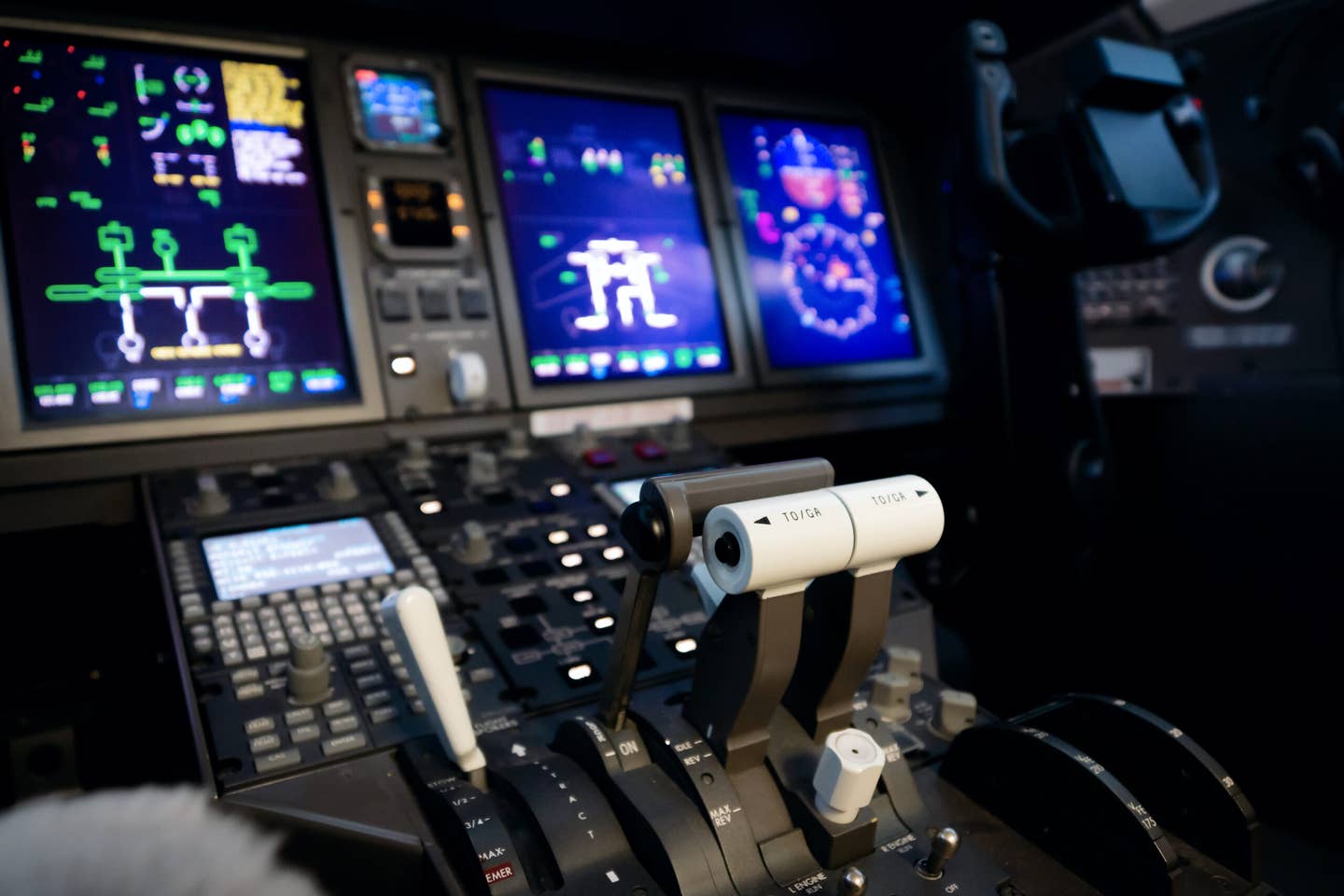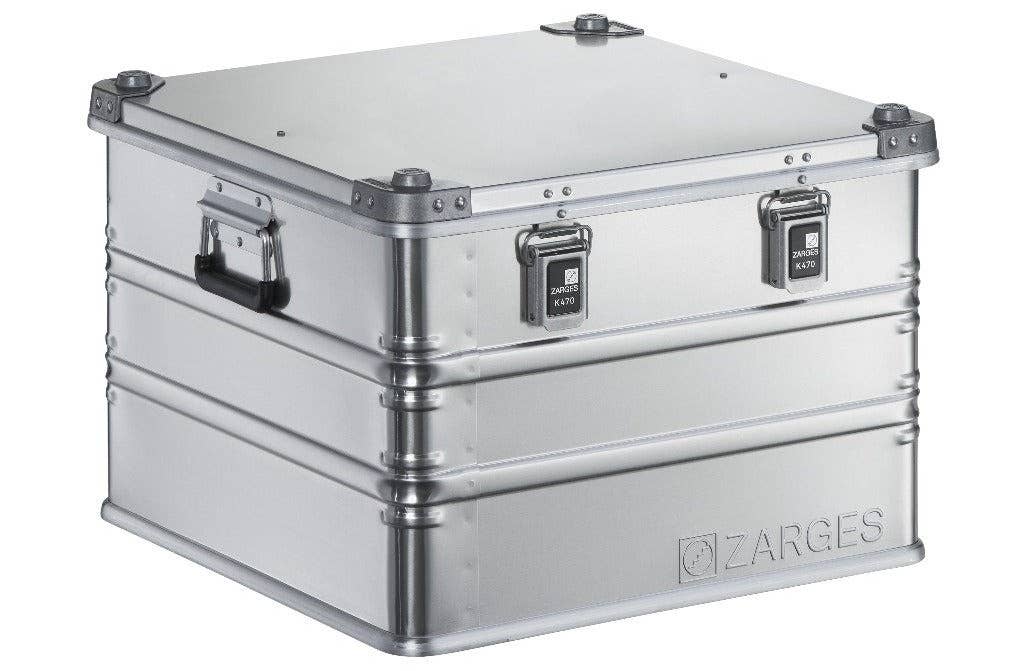What Are Avionics?
Avionics are an essential part of an aircraft’s cockpit which support navigation, communication, and fuel systems.

Avionics is an essential component to an aircraft’s cockpit. [Credit: CanvaPro]
In short, the term “avionics” is the merging of the words 'aviation’ and ‘electronics.’ Together the two words create avionics which encompasses all the electronic devices and systems within aircraft. The avionics include autopilot flight-control systems, navigation systems, communications radios and datalink, flight data recorders, and much more. Avionics are essential to carry out hundreds of flight management tasks.
Easily become an airplane or commercial pilot online! Courses designed by industry experts can help you pass FAA tests and get into the sky!
Enroll NowHow Do Avionics Work?
Depending upon the aircraft, generators or alternators are used to deliver electricity from the powerplant, generally backed up with a battery system. The electricity they supply powers the avionics in the aircraft.
Why Are Avionics Important?
Avionics is an essential part of an aircraft because they are required to complete a multitude of flight tasks.
- Communications: Communications systems, those that need to talk to other aircraft and air traffic control, are part of the avionics on board an aircraft. All controlled airspace requires aircraft to be equipped with two-way communication radios. Without the ability to communicate, aircraft are very limited in what airspace they can fly into.
- Navigation: Most modern aircraft have flight navigation systems that require electricity to function. GPS, VIR, ILS, and NDB units within integrated flight decks (known as “glass cockpits”) require electricity to function. These navigation systems make planning and executing flights easier.
- Flight control: Specific flight control systems, like an autopilot, are avionics that helps ease the workload of the pilot while in the air.
What Is Avionics Maintenance?
Avionics maintenance repairs and overhauls (MRO) are services and updates required by the FAA that avionics technicians (who specialize in control, avionics, and other electronic systems of fixed-wing and rotary aircraft) complete on a regular basis. These services are designed not only to keep the aircraft up to date and safe while flying, but also to maximize the service lifespan of each system and aircraft.
What Is the Difference Between Aviation and Avionics?
Aviation is the operation and activities surrounding flying or operating an aircraft. Avionics, on the other hand, is specific only to the electrically powered components on the aircraft’s flight deck or within the instrument panel.
Types of Avionics Systems
The avionics of an aircraft comprises multiple systems.
Communication Systems
Communication systems allow the pilot to maintain communication with members of the flight crew as well as air traffic control. The VHF or very high-frequency radios operate on the air band between 118.0 MHz and 136.975 MHz, which is established for external communications.
Flight Displays
Flight displays read off crucial information to the flight crew such as airspeed, altitude, and vertical speed. Flight displays included either in stand-alone units or integrated into a flight deck vary by manufacturer.
Navigation Systems
Navigation systems determine an airplane’s location at any given time, on the ground and in the air. Some avionics systems utilize satellite navigation systems such as GPS and WAAS and ground-based navigation systems like VOR or LORAN.
Fuel System
A fuel quantity indication system (FQIS) is a system that reads and transmits an aircraft's remaining fuel supply to the instrument panel. This data is gathered via sensors within the fuel tanks. An FCMS or fuel control and monitoring system acquire the data by controlling the pumps and valves.
Flight Data Recorders
Flight data recorders, or recording cockpit audio, are required on commercial and business aviation flights operating aircraft under various operations specifications. In addition to audio, the flight data recorder also captures multiple streams of data and stores it for retrieval if an accident or incident occurs during the flight.
Full Screen Flight
The complex landscape encompassed by avionics makes the management of an aircraft easier to maintain while on the ground and in flight. If you would like the stay up to date on the newest avionics or are interested in all things aviation, subscribe to FLYING Magazine.

Sign-up for newsletters & special offers!
Get the latest FLYING stories & special offers delivered directly to your inbox







